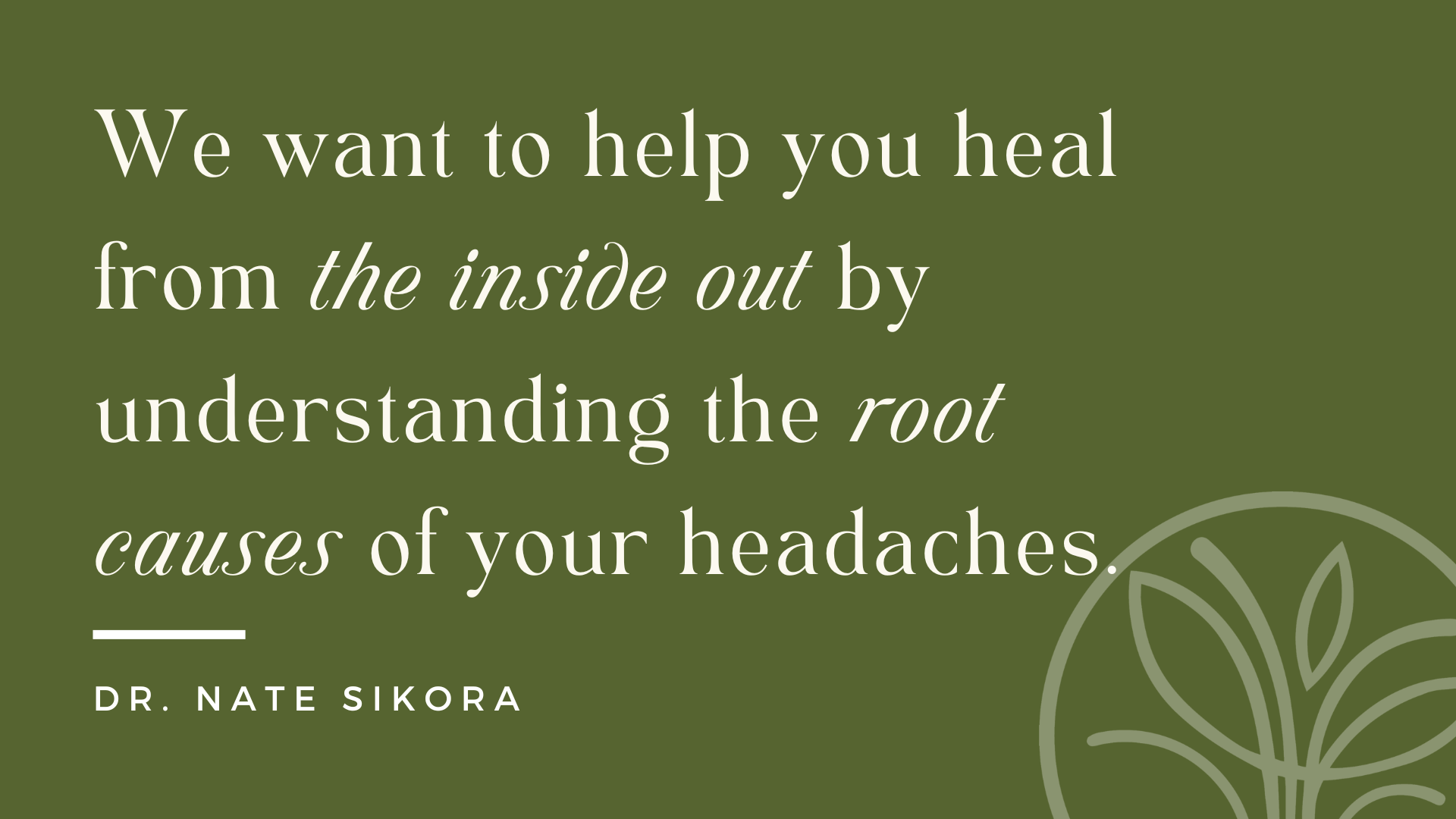Strategies from Chiro 101: Headaches, Migraines, & TMJ
Are headaches, migraines, or TMJ pain holding you back? Discover how chiropractic care can offer relief.
Headaches, migraines, and jaw tension might be common, but they’re anything but normal. And if you’re dealing with them regularly, you know how much they can affect your day-to-day life.
What many people don’t realize is that these symptoms often have a deeper root cause. The good news? You don’t have to just live with them or keep masking them with temporary fixes.
Let’s dive into what’s really going on beneath the surface and how chiropractic care can help restore balance, relieve tension, and support long-term healing.
Understanding Three Common Types of Headaches
Headaches come in various forms, each with distinct causes and characteristics.
Tension headaches are often linked to muscle tension and stress. Poor posture and daily habits can exacerbate these headaches, making stress management crucial.
Cervicogenic headaches originate from the neck and are recognized in medical coding. These headaches occur when neck muscles, joints, or nerves refer pain to the head. Chiropractic adjustments can be particularly effective in alleviating this type of headache.
Migraines, on the other hand, are a neurological phenomenon. They often come with auras, light sensitivity, and nausea. While there's no specific imaging to diagnose migraines, chiropractic care can help manage symptoms by addressing neck misalignments and nutritional deficiencies.
TMJ and Its Connection to Headaches
TMJ-related headaches are another common issue. Misalignment in the jaw can lead to headaches, and chiropractic adjustments can help realign the jaw and relieve tension.
Finding Relief Through Chiropractic Care
Chiropractic care is not just about pain relief; it's about promoting overall wellness.
Regular adjustments can reduce the frequency and severity of tension and cervicogenic headaches. Think of it as maintenance for your spine, much like brushing your teeth to prevent cavities.
Spinal alignment is key in ensuring proper nerve function. Misalignments can turn off the small stabilizing muscles in the spine, leading to long-term issues. By resetting these vertebrae, chiropractic care reactivates these muscles, promoting better coordination and preventing injuries.
Lifestyle and Nutritional Strategies
Beyond adjustments, lifestyle and nutrition play a vital role in managing headaches and TMJ disorders. Stress and inflammation are common triggers, and adopting an anti-inflammatory diet can make a significant difference. Avoiding processed foods and focusing on natural, whole foods is a helpful place to start.
Hydration is also crucial, as dehydration is a common cause of headaches. Adding magnesium to your water can help, as it's a mineral often lacking in our diets.
☞ Learn more about minerals and hydration here.
Sleep quality and posture are equally important. Investing in a good pillow and maintaining a regular sleep schedule can reduce stress on the body.
☞ Check out more about sleep and your pillow here.
Simple At-Home Strategies to Relieve Tension
Simple neck stretches, jaw exercises, and breathwork can help reduce muscle tension and improve mobility. Regularly practicing these exercises can prevent headaches and improve overall well-being. Dr. Nate demonstrates some in the video above. And feel free to ask him for more in your next appointment!
Take the Next Step
If headaches, migraines, or TMJ pain are affecting your life, consider chiropractic care as a holistic solution.
P.S. Not sure if chiropractic care is right for you? We get it—skeptics are welcome. Check out our social media to hear real stories from patients who’ve been right where you are.



